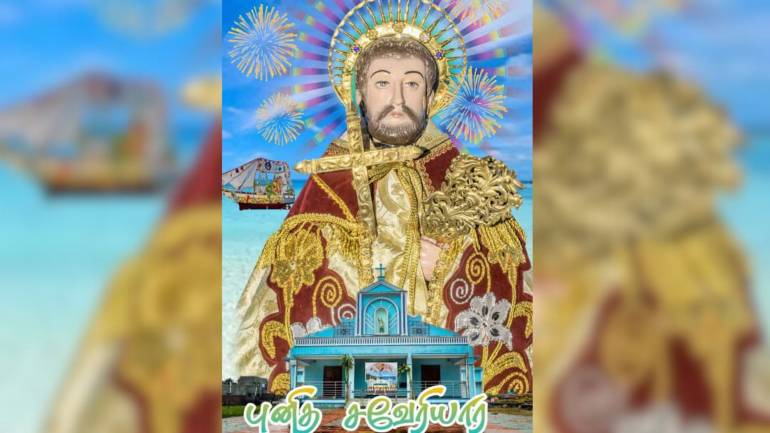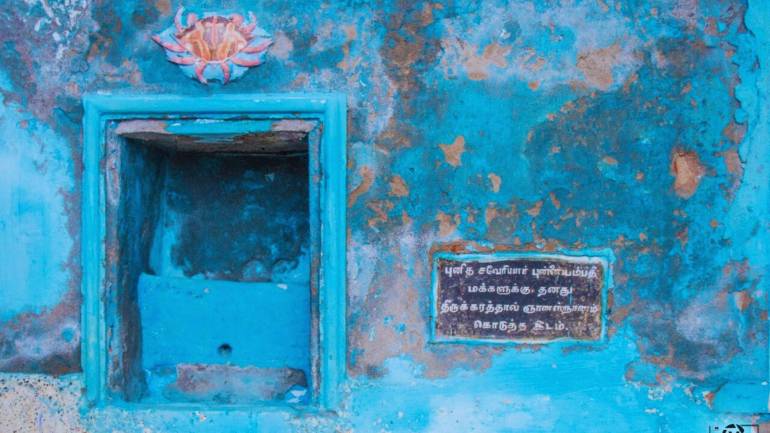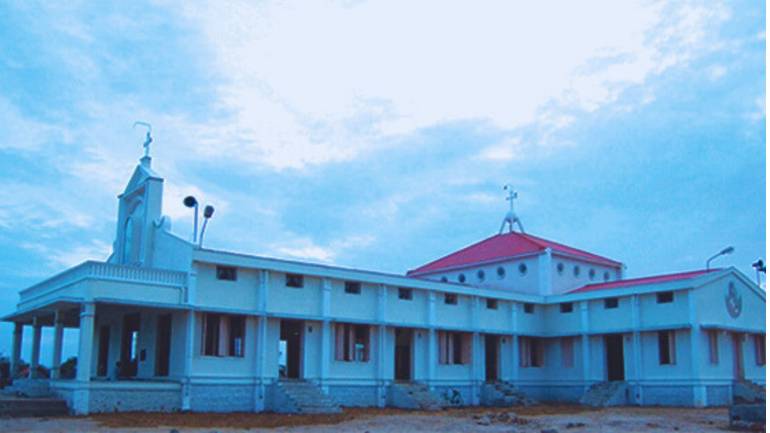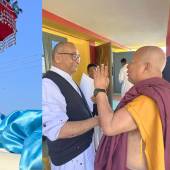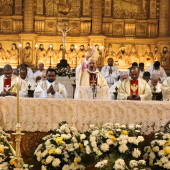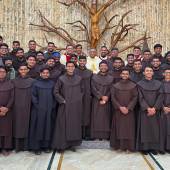Indian Church honors Saint Francis Xavier, the Fisher Peoples' God-Father
The Catholic Church celebrated the feast of Saint Francis Xavier, the patron of foreign missions. Fishermen in the diocese of Tuticorin, Tamil Nadu, south India fondly remember him as their godfather.
The people of Punnaikayal celebrated their parish patron on December 3.
Punnaikayal is one of the biggest parishes in the Tuticorin diocese, with a Catholic population of 12,150.
St. Francis Xavier was the saint who converted the people to Christianity and remained an ardent believer in Christianity.
As per history, St. Francis Xavier built the first church at Punnaikayal with mud walls and a thatched roof with the help of Mr. Manuel D. Cruz in 1544.
In 1551, the Vadukars of Madurai Nayakkar destroyed this church. Father Henry Henriquez, the superior of the Jesuits, built a new church at Punnaikayal and dedicated it to the Birth of Our Lady.
The church later became known as Rajakanni Matha Church. Punnaikayal was the headquarters of the Portuguese administration, and thus Jesuit missionaries also had their headquarters at Punnaikayal for safety and security.
Father Henry Henriquez set up the first printing press, hospital, Tamil college, and seminary at Punnaikayal. The Tamil books written by him, such as “Adiyar Varalaaru” (History of the Devotee) and Paavassangeerathana Kaiyedu” (Handbook to Confession), were all printed at Punnaikayal.
The Portuguese set up the Judiciary and Treasury of Wealth and Weapons at Punnaikayal, next to Goa (western India). In 1662, after the canonization of St. Francis Xavier, the outskirts of Punnaikayal saw the construction of a new church dedicated to him.
With its rich history, the people of the village always remember their Godfather, who guided them to know Jesus Christ. There are a lot of oral traditions that glorify the saint.
Growing up in that village, I listened to the elders say that it is because of Saint Francis Xavier that the village still stands, irrespective of heavy flooding.
Punnaikayal is an island. Neither the water nor the fire can destroy the village, said the saint once. When a tsunami hit the village in 2004, the villagers were there to witness it.
The parish priest arranged for eight buses to evacuate the people. Then and there, the people decided to wash the feet of Saint Xavier’s feet, brought the statue in procession, and poured the water into the sea, and the village was saved from the massive tsunami.
As an act of gratitude, the people rebuilt the Church of Saint Francis Xavier in 2007. The parish administration still keeps the baptismal font that the saint used in the church.
The caretakers ensured the safety of the altar where Saint Francis Xavier celebrated the mass.
The village often faced famine, and when the people starved, the saint blessed a poisonous plant and transformed it into edible spinach. The villagers call it Umari keerai or Uppuk keerai (salt spinach). It is available only in that area.
On his feast day, all the families prepare Kolukattai (a sweet, steamed food) for breakfast, as Saint Francis Xavier was said to have favored this dish.
Every year, the devotees celebrate his feast for 13 days, hoisting the flag and holding vespers in the evening. On the feast day and the eve of the feast, people take the statue of the saint on a wooden ship to commemorate his journey on ships.
A rare kind of crab is also available on the seashore of Punnaikayal and its surroundings, called the cross crab.
The tradition was that Saint Francis Xavier used to come on foot with a cross in his hand for preaching. While traveling in the boat, his cross fell from his hand into the sea. Later, a crab carried his cross and gave it to the saint.
Thanks to Saint Francis Xavier‘s intercession, the people keep their faith, irrespective of their life challenges at sea. Their profound faith in the saint makes them call him their godfather.
Radio Veritas Asia (RVA), a media platform of the Catholic Church, aims to share Christ. RVA started in 1969 as a continental Catholic radio station to serve Asian countries in their respective local language, thus earning the tag “the Voice of Asian Christianity.” Responding to the emerging context, RVA embraced media platforms to connect with the global Asian audience via its 21 language websites and various social media platforms.





